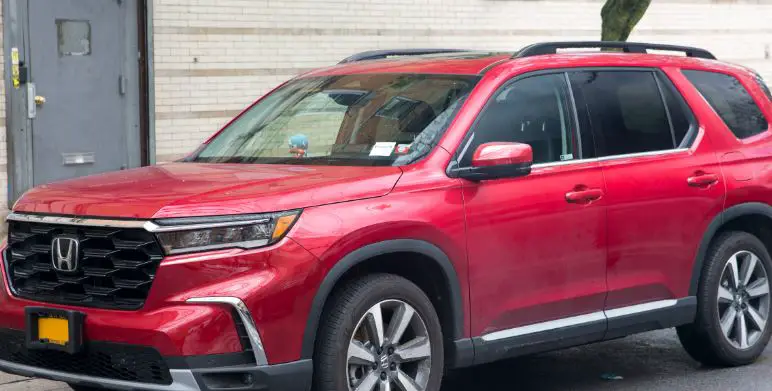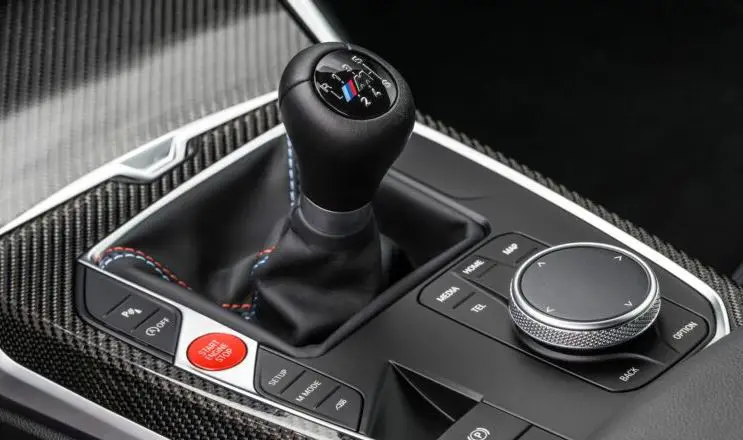Fans of the “The Fast and the Furious” franchise will likely be familiar with Vin Diesel’s iconic line, “Granny shifting, not double-clutching like you should.” This prompted many gearheads to start reflecting on their own driving and whether they were granny shifters or double-clutching and whether the latter was really better. For the majority of viewers, however, we struggle to get to grips with either of these terms.
That’s why we’ve written today’s blog, first to clarify the meaning of and difference between these two terms.
Granny Shifting Vs. Double Clutching
In simple terms, both of these words refer to the way in which we shift gears in a manual transmission car.
Granny Shifting
This refers to the regular way in which we shift gears up or down in a manual car. If you learned to drive in a manual car, it’s the way that your driving instructor taught you how to do it:
- Step 1: Press the clutch down
- Step 2: Shift the gear up or down one gear
- Step 3: Begin lifting the clutch slowly while touching on the gas pedal
- Step 4: Find the “biting point” between clutch and acceleration, and once found, release the clutch and hit the gas more
Double Clutching
This refers to a practice where you press down on the clutch twice when shifting between different gear ratios. Let’s say you were shifting down from third to second gear; the process looks like this:
- Step 1: Press the clutch down
- Step 2: Move shifter from 3rd to neutral
- Step 3: Release the clutch
- Step 4: Tap on the gas pedal
- Step 5: Press the clutch down again
- Step 6: Shift from neutral to 2nd
The double clutching method is only used when downshifting, since there’s no use speeding up the engine when upshifting (we’ll explain more below). But why even go to all this trouble? Why not just stick with the tried-and-tested method of “granny shifting”?
Supposed Benefit of Double Clutching
The wisdom behind double-clutching is apparently to “mesh” the gears and create an engine speed higher in relation to the speeds of both the wheels and the transmission. The idea of that is if your engine speed is higher, you can downshift faster without losing speed. If you’ve ever done a granny downshift while going at some speed, you’ll notice quite fast deceleration. If you’re double clutching, you mesh the clutch with the engine when in neutral, but not the transmission, so you hit the gas pedal and boost engine speed without increasing the transmission or wheel speed.
So, was Vin Diesel’s character in the first “The Fast and the Furious” movie (2001) correct? Would his opponent, played by the late Paul Walker, have done better in his race with Diesel’s character, Dom, if he had been double clutching? In short, no. We’ll deal with this in the next section.
Double Clutching is a Redundant Exercise
While the technical theory behind double clutching as an advantageous move in a manual transmission is not entirely wrong, it’s entirely misplaced within the movie. In the case of Diesel and Walker, the double-clutching technique would not have served him at all since it’s only really possible to use it when downshifting. For the purposes of the movie, it’s just another in a long line of examples of Hollywood getting things wrong; using cool-sounding terminology even when it’s not remotely accurate. Whether or not anyone told the producers that they were incorrect in their assertions is unclear.
More to the point, modern cars are fitted with special synchronizers that mesh the gears, as well as the input and output shafts for you, creating smoother and more seamless shifts. It’s one of the reasons that people who drive huge diesel semi-trucks still have to master the double-clutch technique because many of these large trucks do not have synchronizers, and so do require the double-clutch action to shift properly and smoothly. Even this doesn’t apply to all trucks, nor does it apply to all race cars, but a few do use double clutching even now.
One example of an innovation that has made double clutching truly redundant is the constant mesh system, and even more recently the Synchromesh system. The former is the most common type of system cars have, with each gear loosely connected with the drive shaft, allowing the gear’s rotation speed to be different from that of the shaft. Synchromesh adds the split dog clutch with an all-new synchronizer hub and shift sleeve.
Conclusion: Is Double Clutching Bad For Your Car?
Some might ask the question, if our cars are now geared to handle the meshing mechanics needed for smooth gear shifts, could double clutching actually be counterproductive or harmful? The answer is no, not really. That’s the good news. You can try double clutching to see the technique for yourself without any fear of doing damage to the transmission.
What is important to remember, however, is that no matter what people tell you, double clutching is not going to provide you with any speed or competitive advantage.
Go Home









